“How would you know when you’re done talking about it?” Bloomington council president asks mayor about board appointments for new nonprofit
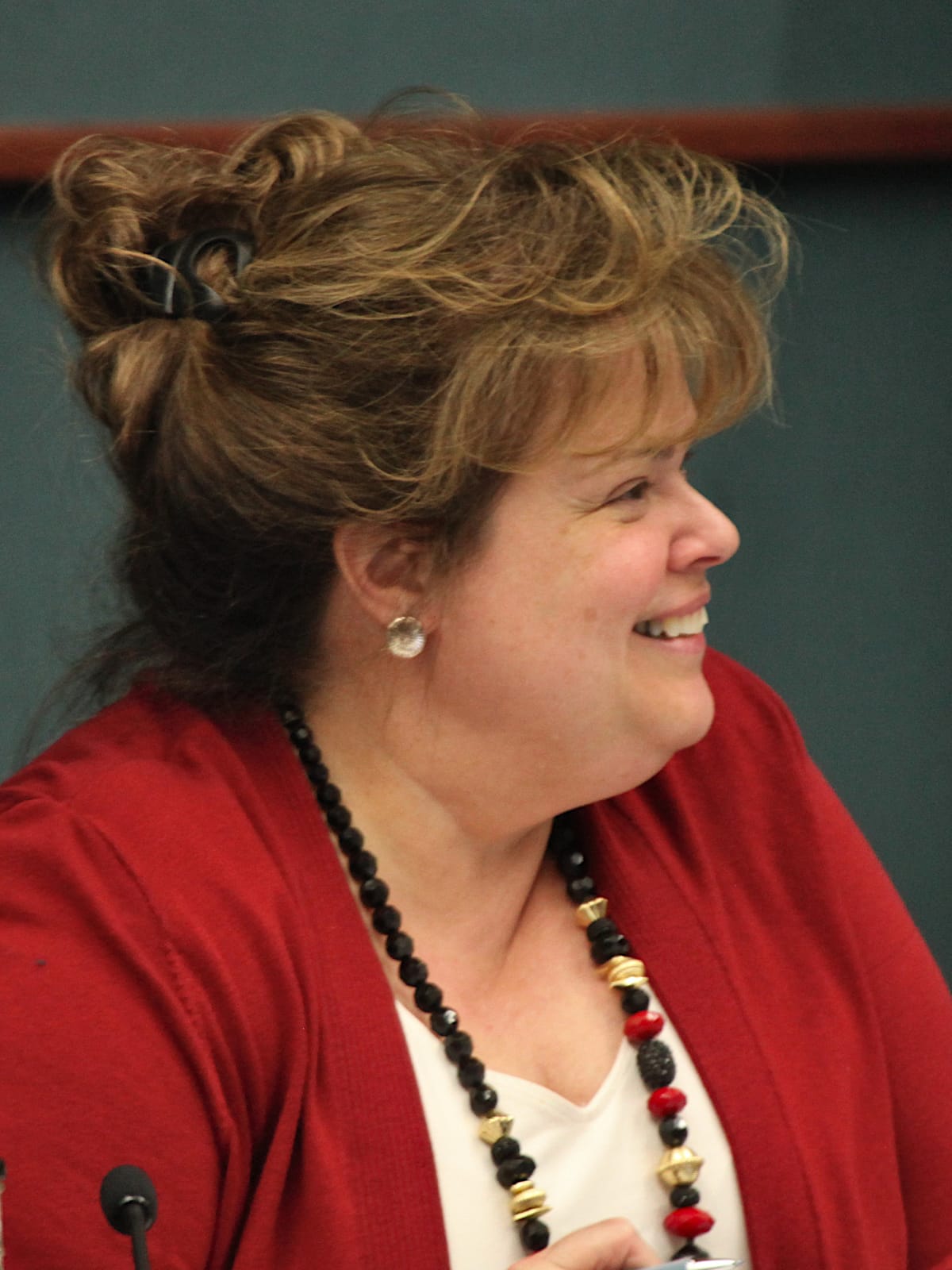
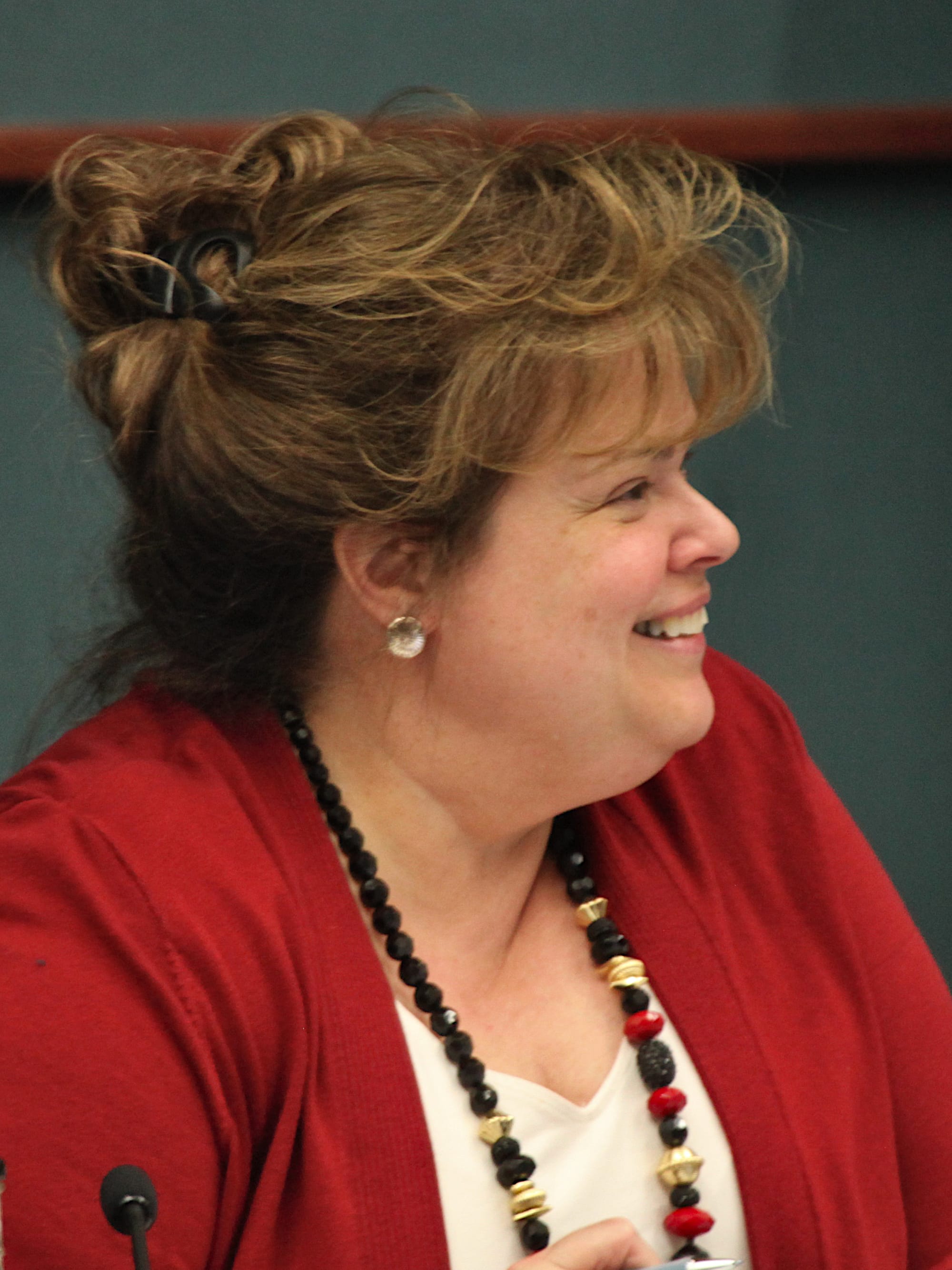
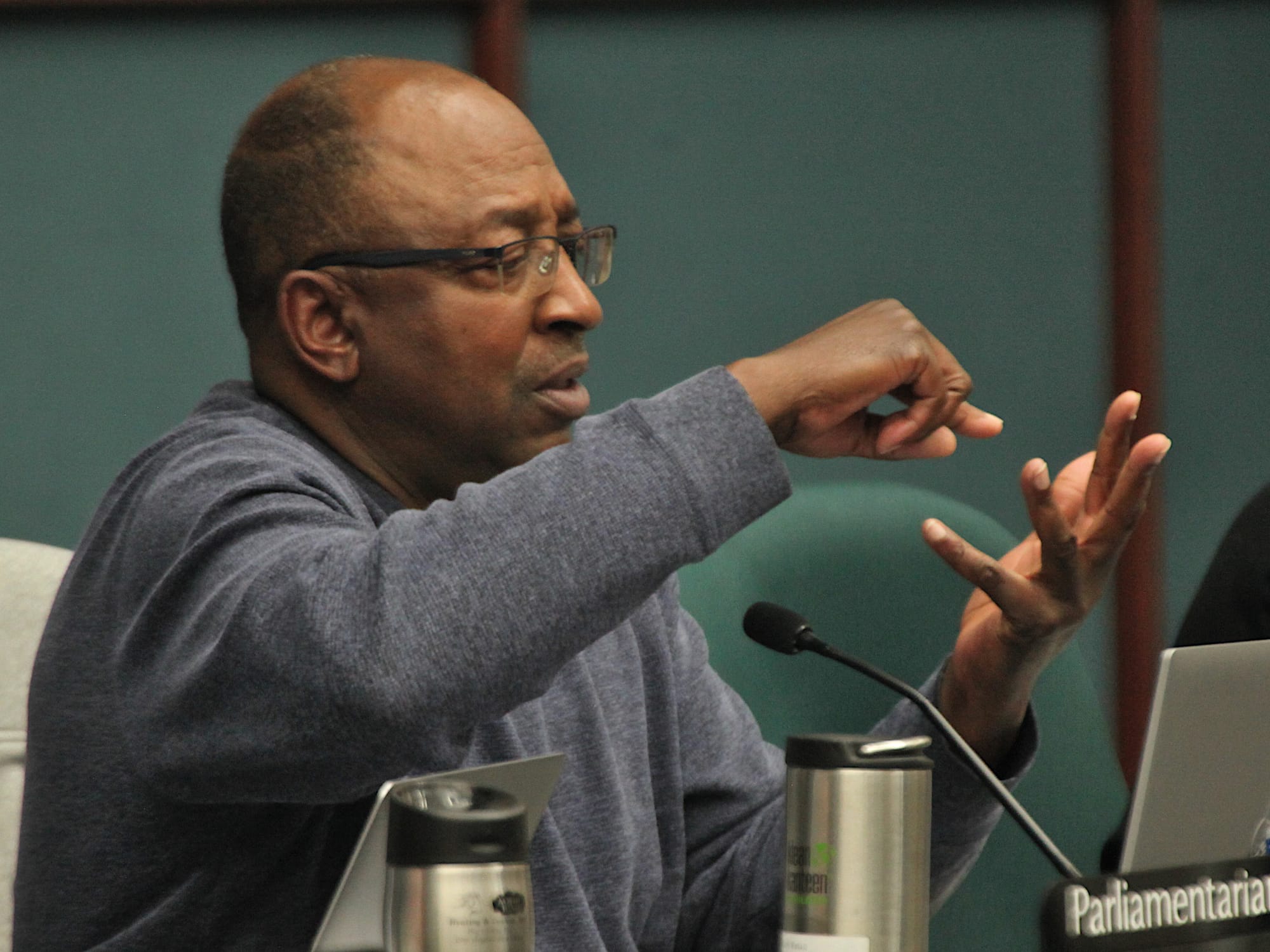
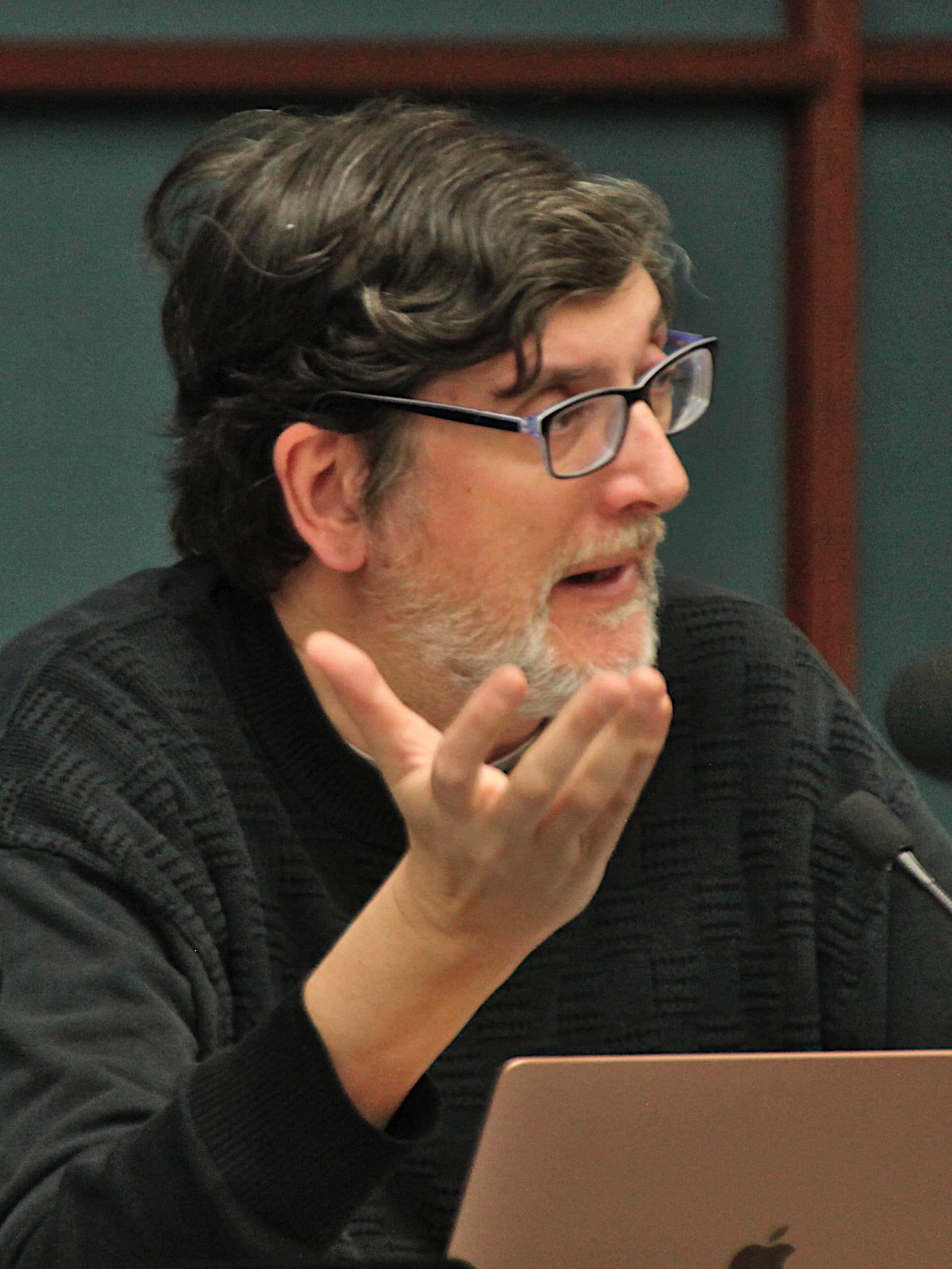
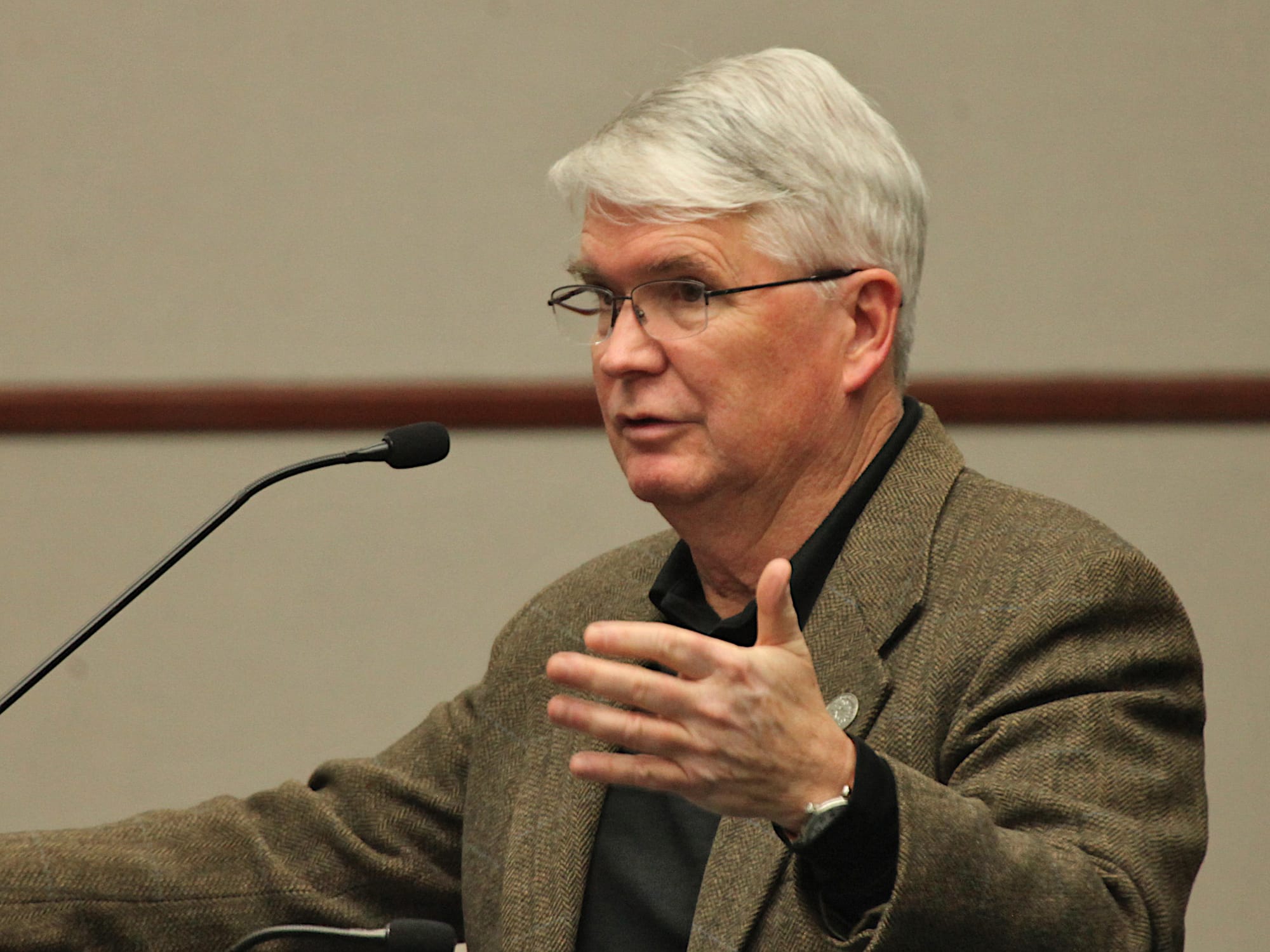
On Wednesday, an update from Bloomington mayor John Hamilton to the city council—about a nonprofit that his administration has formed—highlighted the current tension between the city’s executive and legislative branches.
The new nonprofit is called City of Bloomington Capital Improvement, Inc. (CBCI).
One source of a current conflict between the mayor and the city council is the way the appointments are made to the five CBCI board seats. Hamilton formed CBCI with bylaws that say four board seats are to be appointed by the mayor and one seat is to be appointed by the city council.
Several councilmembers think the split should be more evenly balanced. Still, the council forged ahead a couple of weeks ago by making its one appointment—retired housing and neighborhood development (HAND) department head, Doris Sims.
The four mayoral appointee are: Sarah Bauerle Danzman, Valerie Peña, Mick Renneisen, and John West.
On Wednesday, during Hamilton’s update, the disagreement between the mayor and the council, over the proper split for the appointments, generated some sharp exchanges.
Throughout the back-and-forth, Hamilton met council questions with affable assurances that he was willing to continue to talk with them about the allocation of the appointments.
Hamilton’s tactic eventually prompted city council president Sue Sgambelluri to say: “I’ll take another run at this…How would you know when you’re done talking about it, and able to make a decision?”
Hamilton laughed off the question, with a question of his own: “How do you guys know when you’re done talking about something?”
Hamilton returned to his basic approach: “I’m happy to continue to talk. And if you want to have a group of us sit down and explore this further, I’d be delighted to do that.”
CBCI was originally floated by mayor John Hamilton’s administration as an alternative to a capital improvement board (CIB) as the governance structure for the planned expansion of the Monroe Convention Center. A key difference between a CIB and a private nonprofit is that a CIB is a public body subject to Indiana’s Open Door Law and Access to Public Records Act.
But the scope of CBCI, as currently defined, doesn’t include the convention center expansion. Instead, CBCI is supposed to focus on: arts sector projects like the Buskirk-Chumley Theater, the Waldron Arts Center; jobs and tech sector projects like the Trades District; and the redevelopment of the former IU Health hospital site (Hopewell neighborhood) at 2nd and Rogers streets.
Based on Wednesday’s back-and-forth, there could be some additional private conversations between the mayor and city councilmembers. But it’s not clear if there’s a political path forward to getting a different balance for the CIBC appointments.
Under the bylaws that were adopted at their first meeting—by the four CBCI board members who were appointed by the mayor—part of any legal path forward would be for the five-member board to approve a change to the appointing authorities for the seats. But the change would also have to be approved by the city council and the mayor.
About that legal path, councilmember Steve Volan asked Hamilton point blank: “Mr. Mayor, let me ask you right now: Would you approve such a change?” Hamilton answered: “I wouldn’t tonight, but I’m happy to keep talking about it.”
Brought up by Volan as a possible model to follow was the five-member Bloomington redevelopment commission (RDC), which has two city council appointees and three mayoral appointees. “Why didn’t you model it on that?” Volan asked Hamilton.
Hamilton told Volan, “The RDC is in no way a kind of an operational execution body. It hasn’t been.” He continued, “We looked at whether it makes sense to turn it into that—it’s just so different from what they’ve done and their role, that we didn’t feel it was appropriate to do so.”
Hamilton added, “And I respect you may have a different view on that.” Volan’s curt reply: “We clearly do.”
Councilmember Matt Flaherty also inquired with Hamilton about using the RDC as an example to follow.
Flaherty’s starting point was Hamilton’s description of CBCI picking up functions that the executive branch has handled up until now. That was part of Hamilton’s argument for allowing the city council to make just one appointment out of five: Even the one board seat is an improvement for the city council’s involvement in the kinds of transactions that have previously been the exclusive purview of the executive branch—that’s the way Hamilton sees it.
At one point, Hamilton said he sees CBCI as “an arm of the administration.”
Based on Hamilton’s remarks, the choice for him had been between a 5–0 and 4–1 split.
Flaherty wanted to know if CBCI would also be picking up any of the functions of the RDC, which Flaherty described as “a fairly powerful body.” Flaherty added: “There’s appropriations that [the RDC] can make that don’t rise to the level of council approval.”
One example of the RDC’s authority to act, is that an RDC can purchase real estate with a price of less than $5 million, independently of additional approval by the full city council. The city council had to approve the RDC’s purchase of the west Showers building in late January because the $8.75-million purchase price exceeded $5 million.
Talking to Hamilton, Flaherty put it this way: “[The RDC is] a pretty significant entity and [the RDC’s] power balance of appointing authorities is more in line with what some of my colleagues are asking for and saying.”
Flaherty also pointed out that one of the mayoral appointees to the CBCI board, Sarah Bauerle Danzman, is a member of the RDC. Flaherty assumed that the dual appointment was made intentionally, in order to capture some kind of nexus between the two entities.
Hamilton responded by saying because of the connection between the Trades District and the Hopewell neighborhood and the RDC, an RDC representative on the CBCI board would be helpful.
Hamilton again appealed to the idea that he is willing to discuss the matter of the appointments: “Again, let me just say, this is starting out. We have a lot to figure out—happy to talk about choices going forward.”
Councilmember Susan Sandberg floated the idea of adding seats, to make it a seven-member board, with the city council making three of the appointments. Sandberg pointed out CBCI could have a hand in managing the Waldron and the Buskirk-Chumley, which are venues for the arts. “It might behoove [CBCI] to have a few more people on there that have that sensibility and that expertise with the arts community.”
Councilmember Jim Sims told Hamilton that he did not see a great administrative difference between a 3–2 and a 4–1 split in appointments. Where Sims sees the important distinction is in the perception of the arrangement, the community’s acceptance, as well as the city council’s acceptance and buy-in.
Sims led off his remarks by agreeing with a statement by Hamilton about the council’s appointment to the CBCI board. Without naming Doris Sims, Hamilton said, “I also want to thank you for appointing a wonderful member to that board.” Later, when he took a turn questioning Hamilton, Jim Sims said, “I also agree with you that this board, in fact, appointed a wonderful board member to be a part of that.”
The tension between council and mayor that was on display Wednesday night was a continuation of the way the year started off.
The year began with the council’s override of a mayoral veto. Hamilton nixed a resolution that the council approved in mid-December last year. The resolution expressed the council’s support for a capital improvement board (CIB) as the preferred governance structure for an expansion of the Monroe Convention Center.
At its first meeting of the year, the city council overrode that veto.
Also a factor in the relationship between the city council and the mayor is Hamilton’s announcement late last year that he is not seeking reelection to a second term. Nine months from now, it will be certain who the next mayor will be.
The next meeting of the CBCI board is set for April 5 at 4 p.m. in the Allison Conference Room. at city hall.




Comments ()